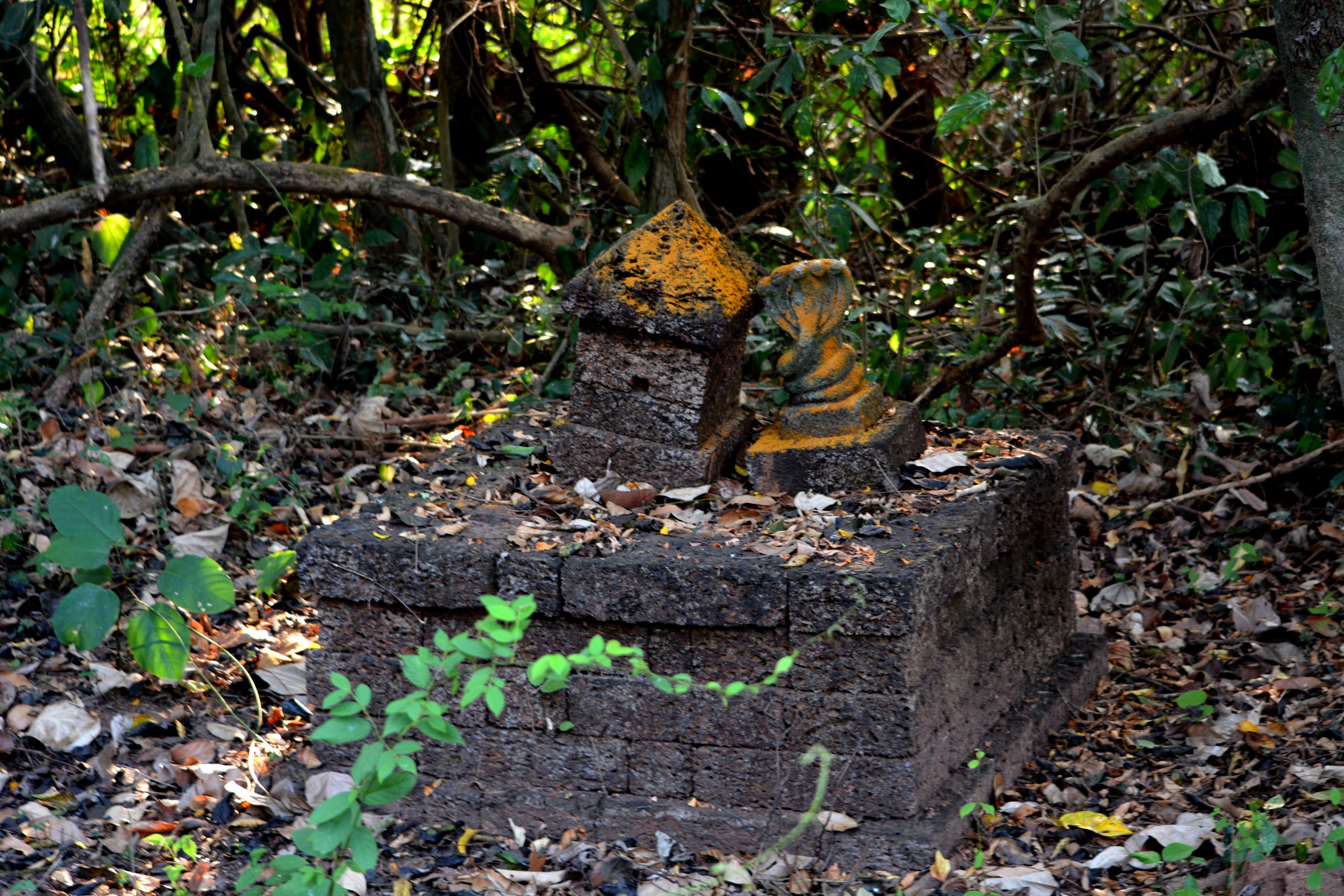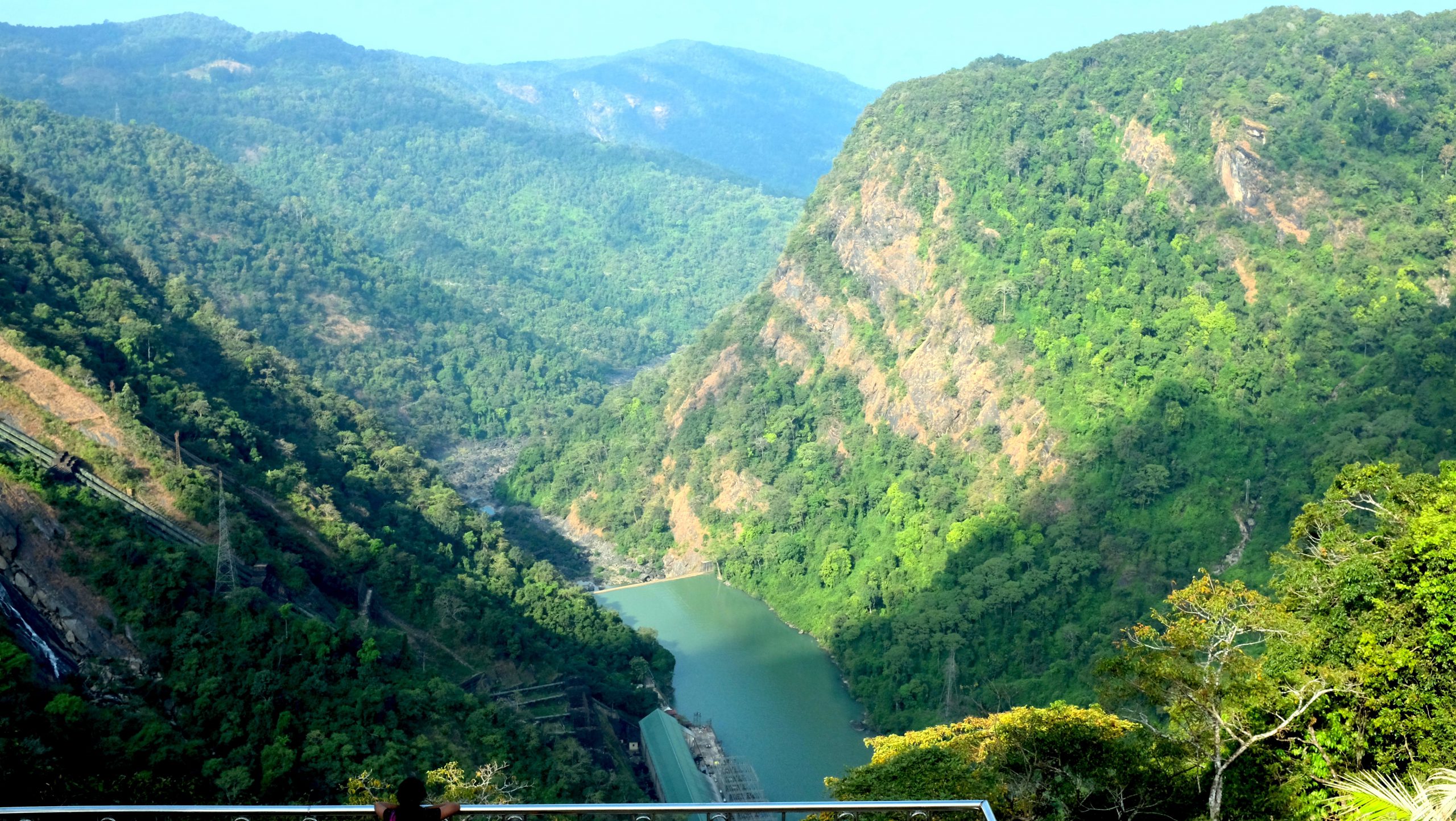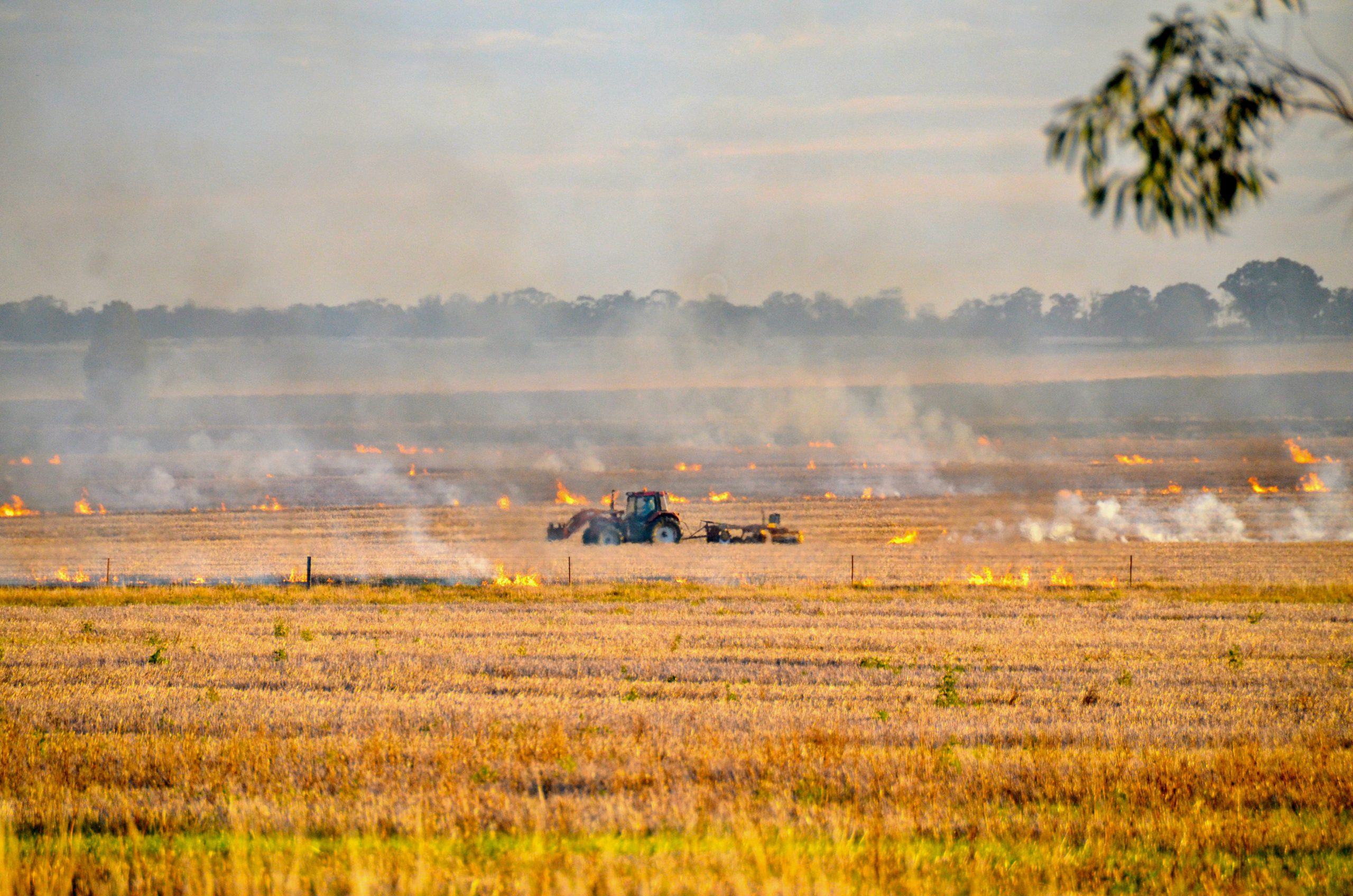Sacred Groves – the Indic sanctuaries

Sacred groves are small patches of primeval forest or stands of trees that are reserved exclusively for a deity, a critical indigenous ecological tradition in the realm of environmentalism. They hold special religious and spiritual significance to the people and communities living near them. India is one of the few remaining civilisations of the world where these sites are still found. Most often, these sites are revered and protected by the communities living around them as the abode of deities or ancestral spirits and occasionally, by regarding the trees themselves as deities.
In the words of Prof. Madhav Gadgil, sacred groves are one of the most valuable legacies of the ancient Indian tradition in environmental conservation. The religious significance of these sites for local communities is such that there are strict yet diverse rules governing the interaction of humankind with these protected areas. Felling of trees and hunting animals in and around the grove are prohibited with limited exceptions of foraging for medicinal plants or firewood, or, in cases of extreme emergency, logging only for use by locals. These restrictions have ensured that sacred groves are veritable reservoirs of biodiversity in both flora and fauna with species that are disappearing at alarming rates in other areas that are not similarly protected. For example, the Garo and the Khasi tribes of north-eastern India prohibit any human interference in the sacred groves. In other places, deadwood or dried leaves may be picked up, but the live tree or its branches are never cut. Another example are the Gonds of central India prohibit the cutting of a tree but allow fallen parts to be used.
The sacred groves (more than 1000 groves) of Kodagu District in Karnataka have managed to preserve ancient trees of various threatened species which have disappeared even from otherwise formally protected areas. But these groves are threatened by neighboring coffee plantations and felling of the native trees to grow exotic species has become common. There are certain traditional methods (such as shifting cultivation) that go hand in hand with the practice of preserving sacred groves. Preserving and promoting these techniques instead of replacing them with the new ones that do more harm than posing sustainable and economically beneficial outcomes, is imperative for protecting these communities.
Though they vary in terms of their local names, the deities they enshrine, the composition of flora and fauna, and their size, sacred groves as entities that serve as biodiversity hotspots are scattered across India – most abundantly across the Western Ghats, southwestern Bengal, the North–east, Karnataka, Rajasthan and Madhya Pradesh. This decline in the numbers of sacred groves can probably be traced to the advent of British rule in India when industrialisation was accompanied by indiscriminate exploitation of natural resources. The British took over fields, streams and forests that had been previously protected by villagers and made them state property. Traditional measures of conservation and community proximity to these sacred groves coupled with their animistic beliefs was branded ‘backward’ and illegitimate, and, therefore, under the garb of ‘progress and modernisation’, the destruction of Indian forests began. For instance, the Bengal – Bihar region was described in British administrative literature as “a tangled mass of hill and jungle peopled by uncouth aboriginal races, standing like the furthest outpost of barbarism”.
By 1860, the British realised the extent of the rapid decline that the Indian forest landscape had undergone. They were advised by the newly appointed inspector general of forests, Dietrich Brandis, to restore community rights over forests. Though they claimed compliance, their actions such as the enactment of The Indian Forest Act of 1865 pointed towards an objective approach to forests. The process of state monopoly that began with the 1865 Act culminated in the 1878 Act which took away local rights and vested control of forests with the government almost exclusively. Community rights over forests endow forest dwelling communities with the exclusive right to use, conserve and manage the forests they occupy. Under the 1878 Act, these rights were obliterated because families of forest dwellers were permitted limited use of the forest for timber and fuel and sale of forest produce was completely banned. Thus, traditional holders of community rights were excluded from the management of the forests and left with minimal rights over the forest resources. By the time India gained independence, community rights vis-à-vis forests were almost non-existent and the majority of the forest land remained under State ownership. Since then, previously untouched patches of forest have been consistently encroached by private parties for timber and other economic endeavors, and local communities rendered helpless in preventing them. The Government(s) of Independent India only strengthened this regime introduced by the British thereby further decimating community rights and practices.
Initial forest policies were focused on the commercial use of forests. As such, sacred groves too were consistently sacrificed at the altar of development and industrialisation. Development projects such as the Ambi Valley Township project in the western ghats, destroyed acres of community owned land. The communities were compensated meagerly for their ownership of ancient and highly productive trees and hurt religious feelings were pacified by claims that the deity had been placated through a pooja. Similar projects have affected other groves, such as the felling of numerous groves in Kodagu district for the softwood trees due to large industrial demand of plywood. In the Northeast, rapid evangelization which frowned upon traditional and indigenous practices has led to the destruction of a large network of sacred groves.
The outcry of these communities was heard by the State to an extent and the Biodiversity Act of 2002 and the Scheduled Tribes and Other Traditional Forest Dwellers (Recognition of Forest Rights) Act of 2006 were enacted. These along with a few other legislations have made an attempt to bring communities, who had been the traditional custodians of these forests, back into the fold of conservation and management of their traditional lands. The Biodiversity Act mandates compilation of a People’s Biodiversity Register which records traditional knowledge and the biological and cultural resources of local communities including sacred groves. However, in practice, local communities have not been at the forefront of the preparation of these registers and while the Act does provide for compensation to local communities if their traditional knowledge is used for commercial purposes, their religious and traditional rights over lands are lost forever.
One of the primary objectives of the Scheduled Tribes and Other Traditional Forest Dwellers (Recognition of Forest Rights) Act is to undo historical injustices that forest dwelling communities have suffered. In pursuance of this, on paper it protects community rights over certain areas by recognizing the traditional dwellers’ right to conserve, regenerate and preserve these forests. The Act however contains several loopholes which deprive communities of these same rights. Implementation of the Act has also proven to be problematic, with forest departments reluctant to cede control to local communities. Further, the Act assigns the Gram Sabha, the power to determine the scope and extent of the communities’ rights over the forests. This Gram Sabha consists of a village assembly of all adult members of the village and in the absence of the same any other traditional village institutions and elected committees. Thus, the rights traditionally enjoyed by forest dwelling committees are now at the mercy of villagers and committees that are often plagued with political considerations and vested interests whose primary aim is rarely the protection and preservation of traditional or biodiversity hotspots such as the groves. Until these forest/tribal communities’ ownership and exclusive rights over the land – traditionally preserved and protected by them for generations – is given legislative recognition, it won’t be wrong to say that they are being deprived of their right to religion and practicing the same, i.e. that of protecting their venerated forest groves.
Today, Sacred Groves in India are more concentrated in the regions of the Western Ghats, Rajasthan and Madhya Pradesh . These have only survived because of traditional methods of cultivation and conservation as well as deeply held religious convictions that the community’s well-being, fertility and abundance stem from protecting these groves and the deity enshrined within. However, unless prompt measures are taken, the groves that have managed to survive the onslaught of industrial and developmental activities thus far, will invariably perish. A variety of measures including giving exclusive rights/ ownership to local communities, specialised legislation for preservation of sacred groves and a comprehensive inventory of sacred groves in the country – their traditional practices and conservation methods – need to be undertaken to preserve existing groves and to promote the creation of new ones. Sacred groves as culturally and ecologically significant in situ environments must be highlighted for their role in forest and biodiversity conservation, promotion of sustainable agricultural practices and as indicators of the natural productivity and biodiversity of the region. Therefore, every effort must be made to further survey, restore, and conserve these sacred natural sites.







